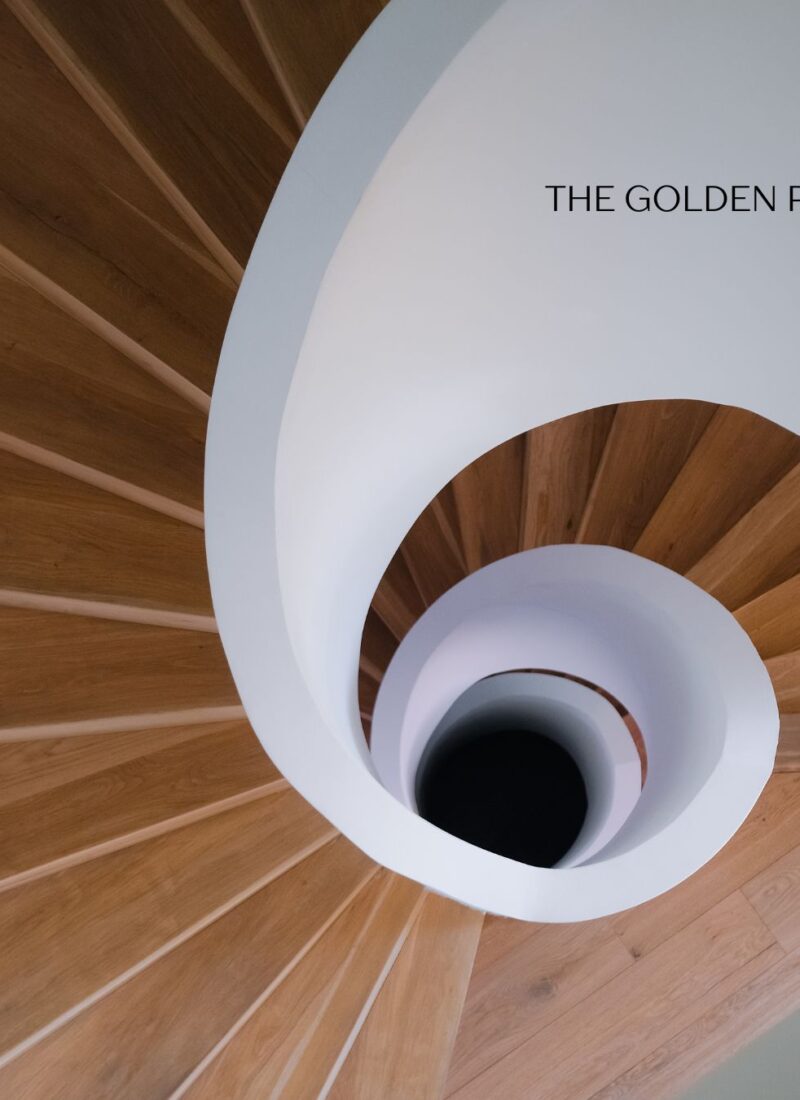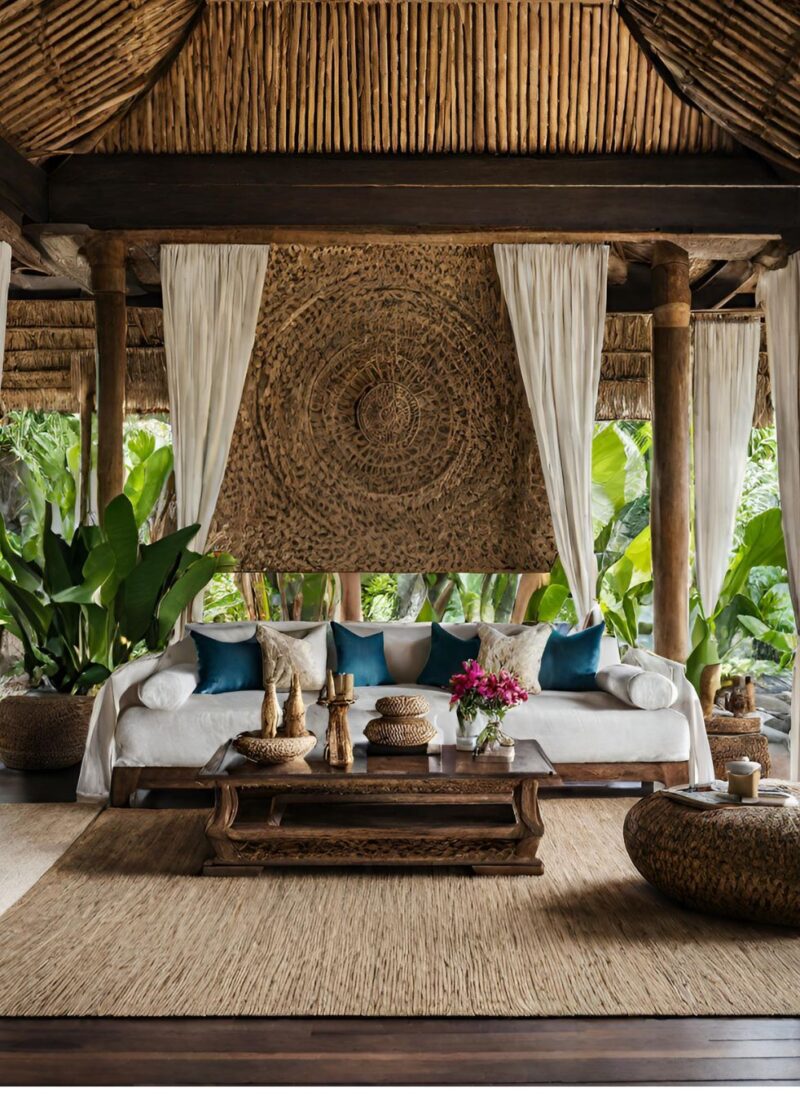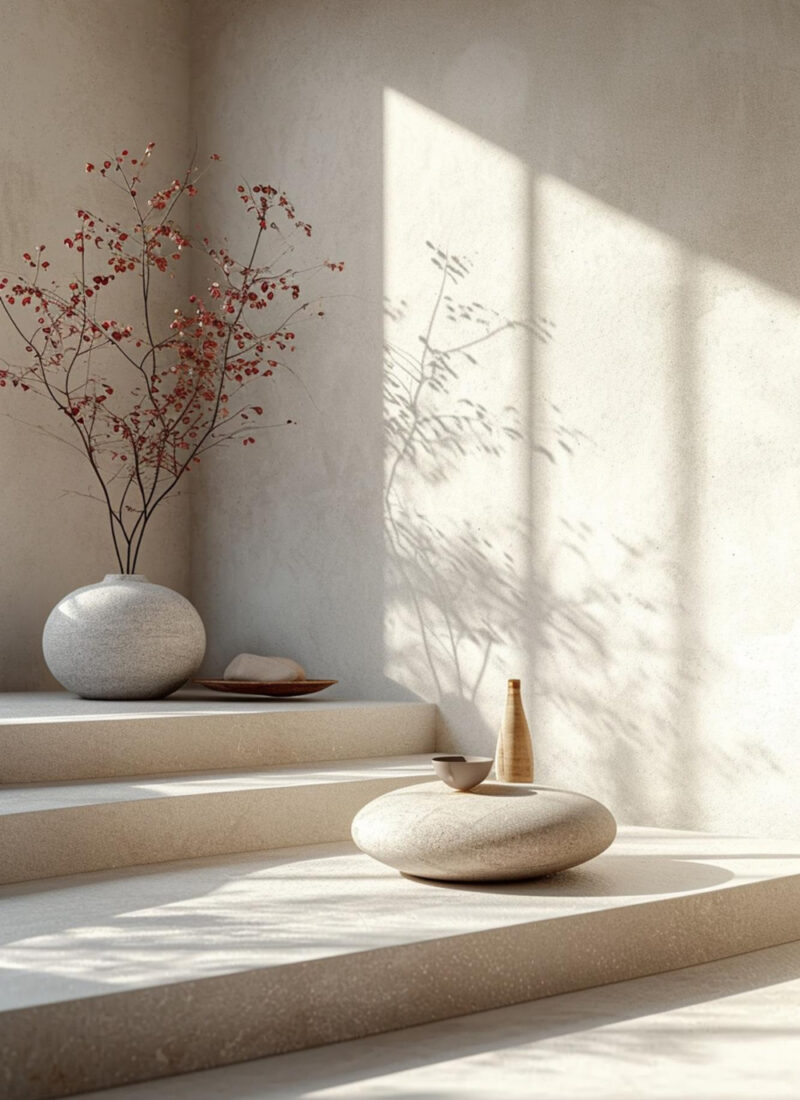The Mediterranean interior design is considered by many as one of those interior design styles that evoke happiness. Perhaps it could be because of the amount of history that goes along with it, or the fact that the Mediterranean interior design has the indoor-outdoor vibe that floods natural sunlight into the rooms.
This article shows you how to tell whether the interior design is Mediterranean-inspired or otherwise. Also included in this article are the elements that define the Mediterranean interior design as well as tips that will help you create this kind of aesthetics.
What Is Mediterranean Interior Design (200)
Magical sunsets, the bluest seas, and clear skies are just a few that describe the Mediterranean scenery. This region is actually diverse and wide so it won’t be hard to find inspiration if you want to decorate your home with Mediterranean home decor. As a whole, you should note that this kind of interior design is laid-back, effortless, and full of warmth.
Most often, when one talks about the Mediterranean style, they are referring to Greece, Spain and Italy but you need to keep in mind that there are 21 countries that encompass the Mediterranean region. While they may be unique on their own, they also share some collective traits, considering they are close to the Mediterranean Sea.
The Mediterranean interior design can be interpreted in two ways: traditional and modern. The traditional design carries exposed wooden beams, stone walls, and floors made of tiles. On the other hand, the modern Mediterranean interior design has larger rooms. These houses use energy more efficiently. But one thing remains the same: the same materials are being used in building traditional and modern Mediterranean homes.
What Are the Elements of Mediterranean Interior Design (600)
How do you determine what makes the room Mediterranean-inspired? This section discusses the different elements that are common to the Mediterranean interior design.
Color Palette
The Mediterranean interior design follows botanical and natural color palettes. Grays, whites and matched with blues and reds are predominantly used. Mediterranean color palettes are very varied, usually depending on which area you are in. For example, Santorini highlights the blues and whites to mirror the sparkling blue sea. On the other hand, reds, whites, and neutrals are predominant in the Spanish Mediterranean interior design palette.
Photo by Maria Orlova on Unsplash
One color is predominant in all regions of the Mediterranean: white. This color protects people from the heat and rays of the sun. But aside from that, the visual impact of this color suggests cleanliness and relaxation.
Blends the Outdoors with the Indoors
Photo by Roberto Nickson on Unsplash
The outdoor spaces are extensions of the indoor spaces. In many interior design styles, the indoor is quite different from the patio, balcony or any outdoor space. This is the opposite of the Mediterranean interior design which makes these two areas cohesive in such a way that the indoors becomes an extension of the outdoors and vice versa.
What the followers of the Mediterranean interior design do is use the same aesthetics used indoors for the outdoors. That being said, the main doors and fences are painted with the same colors as of the main color of the indoor design.
Natural Materials
Photo by Maria Orlova on Unsplash
Stone, terracotta, wood, and natural fabrics are often used in this style. The old stone represents the rich history of a typical Mediterranean home. You can use rugs made of jute or add ceramic lamps to the design mix. Add stone benches to your outdoor space as well.
Natural Light
The Mediterranean is mostly sunny and warm. This also translates to how design is interpreted. Natural light is a central feature of the Mediterranean interior design. This style incorporates large window designs, sheer curtains, and otter features that make the space much brighter.
Arches
Archways are synonymous with the Mediterranean-style homes. You can find it in the window and door designs as well as porches. Arches can make the room larger as it draws the eyes to the wall’s full height. Make the arches more prominent by painting it in a contrasting color with the other walls. You can simulate having an arch in the room by including a curved mirror or a bookshelf that has a curvy top.
Embrace Minimalism
The modern Mediterranean interior design follows the less is more approach. That being said, you need to focus on the quality and history of the design pieces instead of the quantity.
Open Shelves
Open shelves allow you to showcase the heirloom dishware and ceramics you have. Remember that the Mediterranean style emphasizes history and what better way to show your family’s rich heritage but by showing dishware that have been passed down from generations.
To make the open shelving more Mediterranean, you can mix and match decorative pieces such as candles and vases with your dishes.
Mosaic Tiles
Photo by Ahmed from Pexels
Whether you are in Italy or in Morocco, you’d always catch glimpse of the intricate mosaic tiles used. It has many designs such as checkerboards or floral or with lots of curvy lines such as common among the Moroccan tiles. Then you have the encaustic tile that is made of various clay colors and endless patterns. The kitchen backsplash and the bathroom floor are the most common places you can find such tiles.
Exposed Beams
The modern Mediterranean interior design has rustic elements. As such, you can find exposed beams as part of the design. While in the past, this feature is purely functional as these beams support the weight of the roof. Nowadays, with modern uptakes on the structural design, modern Mediterranean homes add these beams as a nod to their rich past. You, too, can use this feature by adding fake wood beams to your ceiling. To get that old-world charm, distress these beams.
Stucco Walls
Another functional feature commonly found in modern Mediterranean homes are the stucco walls. These thick cement walls prevent the heat out and keeps the house cooler. You can fake this feature by painting your walls with one part latex paint and three parts water.
A Space for Entertainment
People from the Mediterranean are family-oriented and love some music and dance. As such, homes in that region have special areas for entertainment. The dining rooms are large enough to accommodate people eating meals together. Your sofa and other chair sets should be comfortable and should include a lot of cozy cushions. An outside area with a fire pit is also possible when the family wants to dine al fresco.
Mediterranean Interior Design Tips
Here are some tips on how to make your living space more Mediterranean. These tips are budget savers as many would not cost you too much money.
Add Blue to the Collor Palette
Blue is often the counterpoint to white in many Mediterranean interior design styles. It speaks about the sea and, of course, breaks the monotony of white. You can paint your doors, window sills and frames blue but if you want a more subtle uptake to this color, add as accents to your couches. You can also use blue for your upholstery and throw pillows. Common shades of blue to use are turquoise and ultramarine.
Add Some Wooden Furniture
Add some weathered furniture. It that is handmade, the better. Traditional Mediterranean furniture calls for conifer wood but any kind of wood can do as long as it looks worn out.
Photo by Maria Orlova on Unsplash
Use Wood Flooring
The traditional Mediterranean interior design home uses this material (an alternative would be tiles). Choose wide planks and to make the entire home more cohesive, use this material all throughout. Add flat-weave rugs made of natural fibers.
Determine What Region to Get Inspiration
You should always start with a neutral base. Choose accent colors depending on the region you want to emulate. For example, different shades of blue are often associated with Greece. Darker tones combined with blue, yellow, and green are more common among the Spanish. But if you want to choose colors that represent the golden sunset, that would be the Italian type of Mediterranean design. You can combine colors like orange, red, and gold with a creamy base. Combine blue, red, orange, and other brighter colors with beige and cream and you are targeting the Moroccan aesthetics.
Use Earth Tones
While its true that you can use a wide variety of colors to represent the Mediterranean look but most of these colors are inspired by nature. Choose warm, earthy colors for your main color and then combine it with colors that represent the sky and sea. For example, choose flooring made of terracotta. Pair it with a burnt amber carpet and accentuated by deep purple and cerulean accents.
Use Patterned Tiles
Patterned tiles offer a splash of surprise, color and texture. Add this to you flooring. Don’t be afraid to mix and match tile patterns. The Mediterranean interior style embraces the bold use of variety.
Use Stone-textured Tiles
The kitchen is one of the major rooms in a Mediterranean home. Often, you’d find wide kitchens with a dedicated space for large islands. Cabinets are often made of wood and the kitchen backsplash is made of intricate tiles or stone. The countertops are often made of marble. These features add to the rustic appeal of the Mediterranean-style home. If you want to make the style more Greek, include splashes of blue tiles into the mix. You can also use the stone tiles for your accent wall or become details for your fireplaces.
To End
The Mediterranean interior design is an all-encompassing design style that allows you more freedom to choose design elements based on regions. Do you like the Mediterranean interior design? Share with us your thoughts below.




